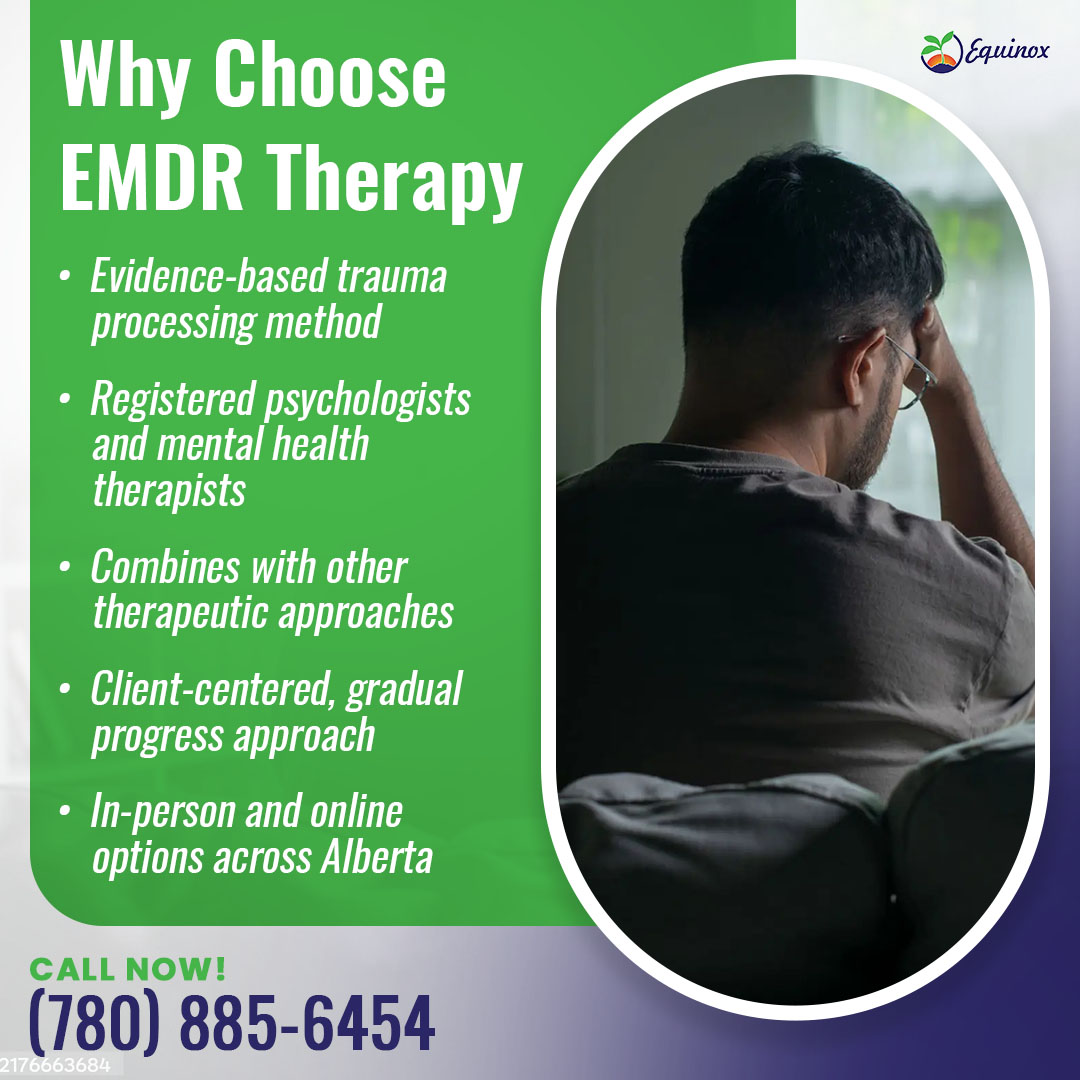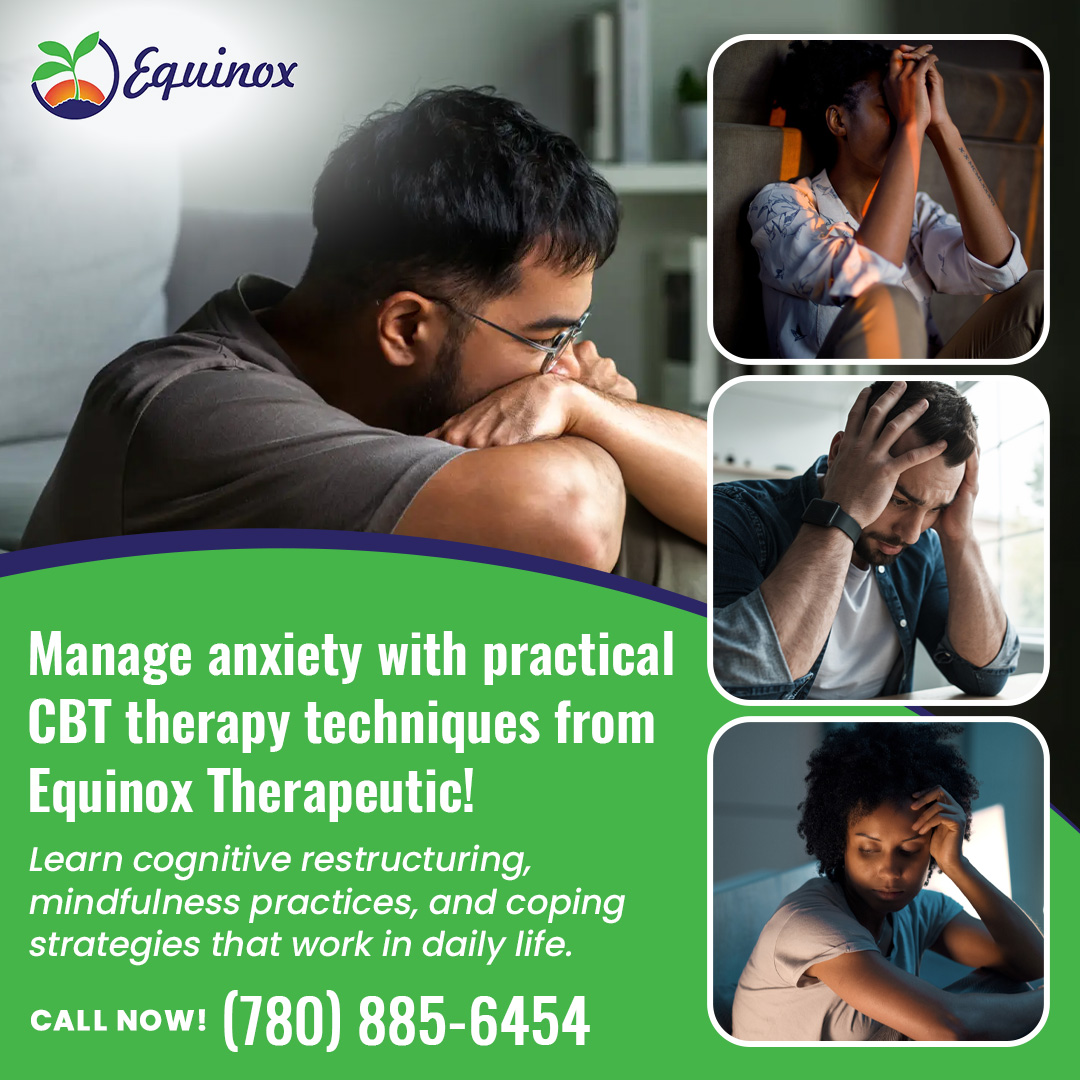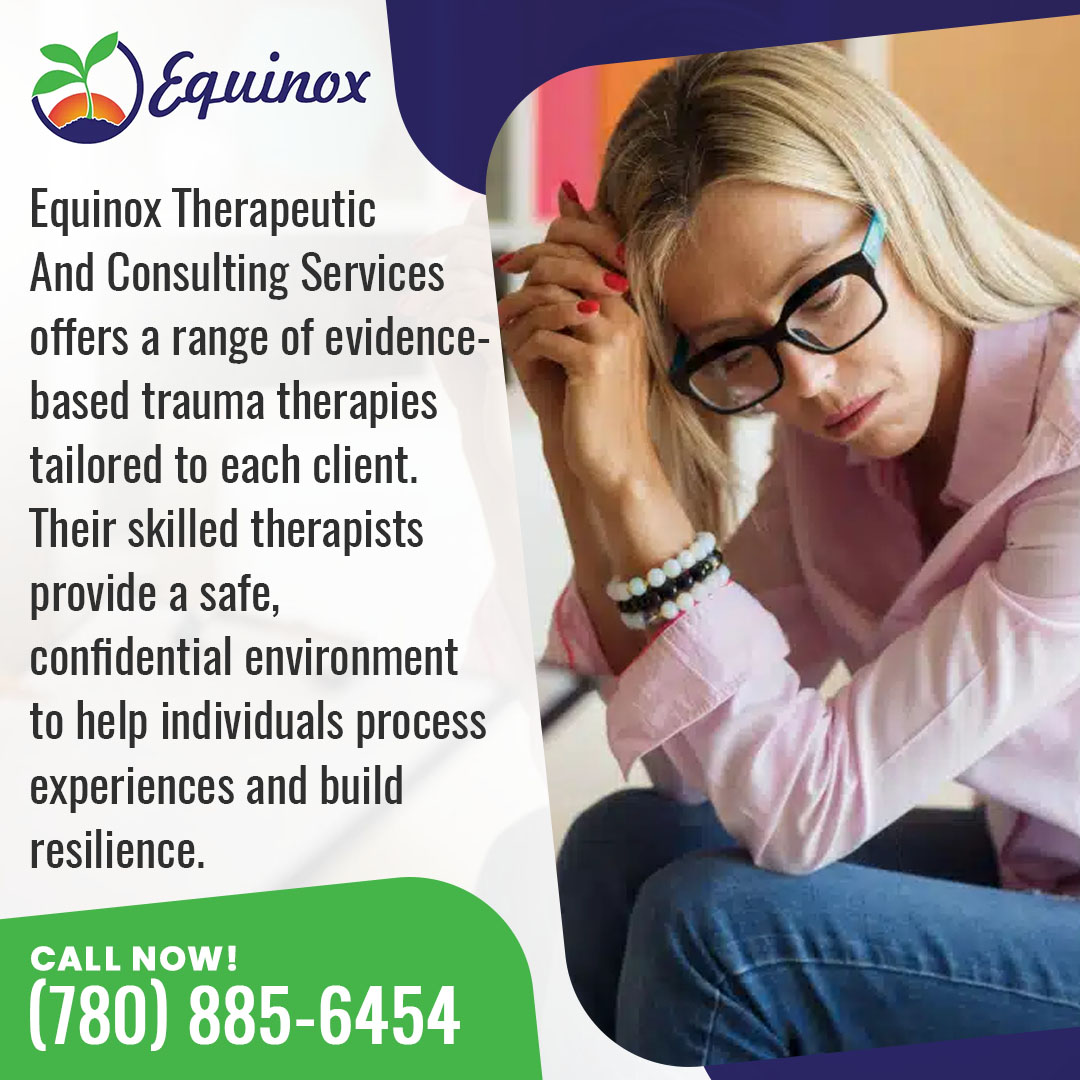The Prescott Daily Courier. November 5 2006
By SHARI LOPATIN
If people don’t ground themselves, they could get hurt in life. This was a lesson Hanna Soumerai learned from a horse. Soumerai is an undergraduate at Prescott College. She’s studying to become a clinical psychologist and minoring in equine-assisted mental health ¬ therapy using horses to help a patient heal. Equine-assisted therapy uses horses as a tool for psychotherapy, said Paul Smith, who oversees the equine-assisted mental health master’s program at Pres-cott College. “The horse is just really a powerful mediator of that therapeutic experience,” he said. Therapists and psychologists can use equine-assisted therapy to counsel high-risk teens and juvenile delinquents, aid in drug recovery for addicts or simply help people expand their personal growth. “(Horses) are really good at mirroring back individuals,” Smith said. For example, a horse will sense and respond to a person who acts brave, but feels truly scared inside. Soumerai said horses are very sensitive and constantly providing feedback. However, the therapy won’t work to its full potential unless a skilled therapist oversees the session and can pick up signs from the horse. Students and experts in the field said using a horse to help identify issues in a client helps the therapist explore different approaches of treatment, as well as explore different possibilities of what may be wrong with the patient. A horse may even sometimes aid in diagnosis. Amanda Slugoski-Lawson, a Prescott College master student in counseling with a specialization in equine-assisted mental health, said there are many benefits from using this form of treatment. Therapists can work with patients with severe bipolar disorder, schizophrenia, Alzheimer’s and autism, among others. “The healing seems to happen on a level that’s just natural,” Slugoski-Lawson said. Equine-assisted mental health therapy offers an alternative form of treatment away from the artificial setting of an office and synthetic medications, thus bringing the client back to nature, she continued. As an example, Slugoski-Lawson recalled an instance where she met a 13-year-old boy who came to her diagnosed with an anxiety disorder and panic attacks. The disorder became so severe he couldn’t even go to school. When she saw him, the boy looked terrified. “The moment he was with the animals, he completely changed . . . he went right into the pasture,” she said. What struck Slugoski-Lawson as un-usual was that the boy picked the largest, scariest mare to work with. People with anxiety disorders wouldn’t normally do that, she said. When they isolated the horse from the others, the mare began to freak out. “The boy looked at us and said, ‘She’s having a panic attack,'” Slugoski-Lawson said, adding that his insight blew her away. Working with her mentor, Slugoski-Lawson decided to teach the horse how to handle the panic attacks. They let the boy do the work, thus allowing him to teach himself anxiety coping methods in the process. The horse and boy formed a very strong bond and he soon went back to school. “Last I heard, he didn’t have any more panic attacks,” she said. “He knew he couldn’t give up on Buttons (the horse), so he couldn’t give up on himself.” Lara Ruggles is another undergrad student at Prescott College minoring in equine-assisted mental health. She said horses are great communicators and have a lot to teach. Working with her own horse has taught her patience. Smith said counselors and psychologists use equine-assisted mental health therapy all over the world. “In the last 5 to 10 years, it’s really blossomed as a potential field,” he said.



